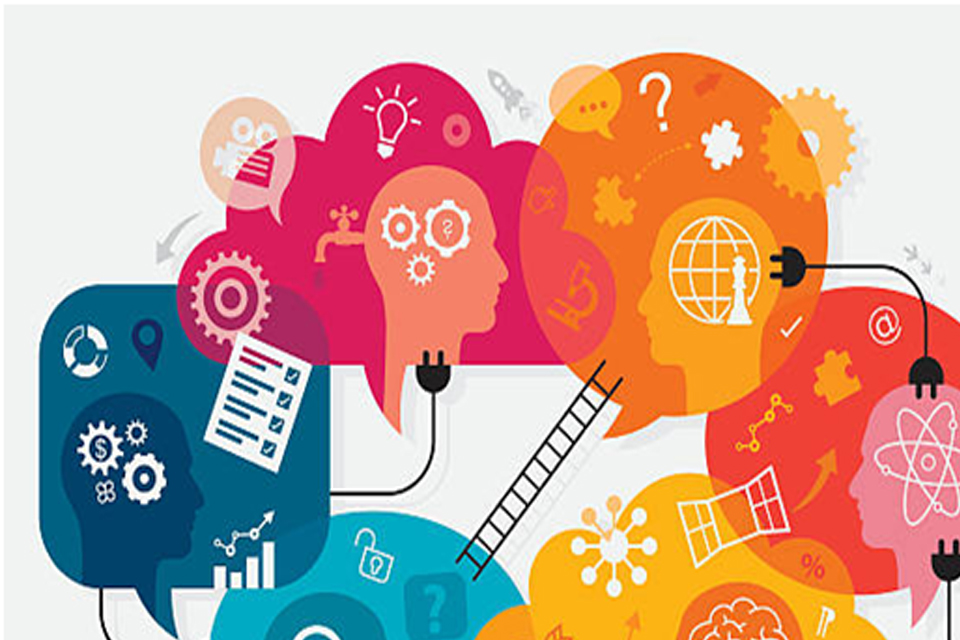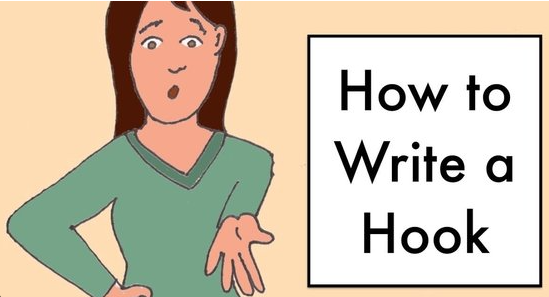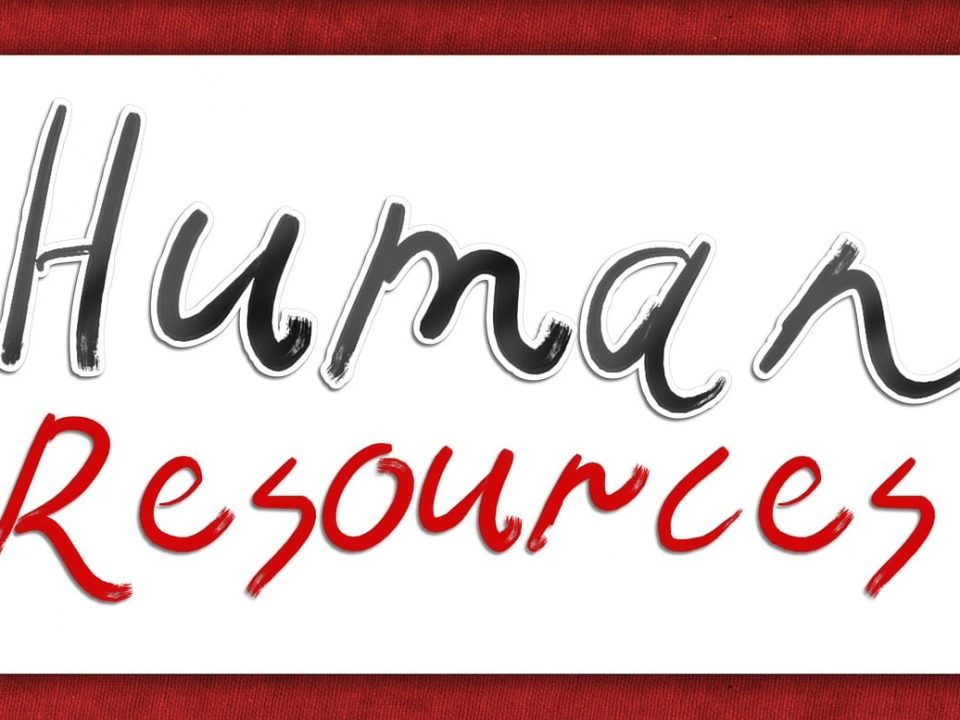Guide to Atkins and Murphy’s model of reflection

Introduction
Atkins and Murphy’s model of reflection was developed by Sue Atkins and Kathy Murphy in 1994.Their idea behind developing the reflective model was to stop and think about the work and carefully analyze the decision to take better decisions in the future.
The theory of the Atkins and Murphy’s model of reflectionhas been derived from other reflective models.When we experience something, we naturally begin to reflect on what happened, why it happened, and what we could do differently to avoid such instances in the future.The reflection helps us think down the experience, analyze our feelings about the incident and determine our next steps. Atkins and Murphy’s model of reflection is divided into the below steps:
• Self-awareness of awkward feelings and thoughts
• The potential to describe
• The potential to analyze events critically or think logically about the experiences
• The potential to assess learning, events or experiences
• To find out the leanings taking place
From the above steps, Atkins and Murphy developed their Atkins and Murphy’s model of reflection. Professionals or practitioners can use the tool to reflect upon their work and improve accordingly.Hence, the reflective model originates learning.It is a cyclic model that needs you to think intensely about your actions, why you took them in a particular way, and how you were affected by your beliefs and knowledge while taking action.
Nursing practitioners can frequently meet complex situations.As per the thoughts of Atkins and Murphy, it is difficult for people to ponder uncomfortable experiences. But it cannot be denied that pondering over these uncomfortable experiences helps to avoid such situations in the future.They also believed that it helps to learn the improvement areas when dealing with similar situations.Reflexivity, the analysis of the person during an experience, is a spontaneous step towards reflecting on an experience. Atkins and Murphy believed that reflecting on the action and how it impacted the encounter, and the outcome of the action is an essential aspect of a practitioner’s role.
The concentration of this Atkins and Murphy’s model of reflection is self-development.Reflection increases our knowledge and questions the theories and concepts we hold on to. Reflections to make a real difference while practicing, the guarantee to take action must be added as an outcome of the reflection. Atkins and Murphy’s model of reflection provides a template to structure the reflection task.It displays easy steps for practitioners to recall their experiences in a specific situation and gain some lessons they can apply when faced with similar situations.
Application of Atkins and Murphy’s model of reflection
By applying Atkins and Murphy’s model of reflection, a user can concentrate on complex things that have taken place in their lives. To understand how to write a reflection using Atkins and Murphy’s model, follow the diagram below and the steps mentioned.
Awareness: To give a correct account for a reflection task, you need to know what caused discomfort. Knowledge about the uncomfortable situation and what triggered it is a vital part of the model, and it is the first step towards reflecting upon the situation. In this part, you should not be concerned about the whole situation as it will be discussed in detail in other parts of the model.Here, you need to recognize your thoughts and feelings resulting from the experience. You need to be open and vulnerable to express your opinion without discomfort. By doing this, you can develop yourself mentally and emotionally.For example, you can have personal feelings and thoughts of discomfort while switching to a new job or learning something new at the workplace.
Awareness about awkward thoughts and feelings:
• What took place?
• What affected my emotions?
• What emotions did I have after the event occurred?
• What was I thinking?
• What are my present thoughts while looking back at the event?
Describe: When you have evaluated your thoughts and feelings, Atkins and Murphy’s model of reflection asks you to describe the event in detail. Here, you need to discuss the primary elements of the event that caught your attention. Then, you need to critically analyze what occurred. For instance, a specific surrounding may have triggered your discomfort, or it can be the other way around, like some setting which prevented you from being uncomfortable. So, it is vital to evaluate and explain the event. It will help you to understand the situation in a better way and find out the reason behind the discomfort. You will be able to learn from the experience.
• Describe the event, along with feelings and thoughts:
• What was the event?
• Where did it take place?
• When did it take place?
• What was my role in the event?
• What were the other roles played by the people in the event?
• What did you observe?
Analyze: In this part of Atkins and Murphy’s model of reflection, you must analyze assumptions made after the event. It is also known as the knowledge of reflective practice participant.For instance, your thoughts about the event before it took place. Here, you need to evaluate whether your assumptions were correct or incorrect.Essentially, Atkins and Murphy’s model of reflection suggests that you must explore different alternatives. Hence, it means you must analyze how your behavior would have been different if faced with different circumstances.
• Analyze knowledge and feelings associated with the event:
• Perceive and investigate alternatives
• What understanding that I have about the event from before?
• What assumptions that I have about the event?
• How has reality impacted my assumptions?
• What were the discrepancies?
• How would I behave if something different had happened?
• In which situations would the discomfort not have happened?
Evaluate: The evaluation part of Atkins and Murphy’s model of reflection can differ from person to person. It is about personally evaluating the knowledge gained from the previous part for improvement purposes. The step helps identify the knowledge’s relevance and ascertain its usefulness in explaining the discomfort of the problem.It also helps to assess the solution to the problem. If you are supposed to conduct a reflection, it assists in evaluating potential behavior and distinct scenarios.The positive effect of the evaluation may differ from person to person.
• Evaluate the applicability of knowledge:
• How can it help to describe the event?
• How does evaluating distinct situations affect your thoughts?
• How exhaustive was your usage of knowledge?
• How can you use your knowledge practically in future?
Identify: In this part, you must identify the lessons learned from the previous parts. With this part ofAtkins and Murphy’s model of reflection, you can assess your emotions, events, assumptions and knowledge from the reflective activity. By combining all the parts of the model, you can clearly express the learning and fall back on them when the same situation in the future surrounds you.
• Identify the learning that happened:
• What did I learn?
• How can I use the learning in similar situations?
Evaluation and conclusion
Atkins and Murphy’s model of reflection is not limited to being used in the nursing profession; it can be used in any field. The flexibility of its application is advantageous.The model helps practitioners to test their assumptions as it is difficult to concentrate on one issue or different areas of discomfort. Reevaluating the behavior can help make improvements in oneand consequently help to become a better person. The model is unsuitable for quick reflections due to its deeper reflection abilities.
Total Assignment Help
Incase, you are looking for an opportunity to work from home and earn big money. TotalAssignmenthelp Affiliate program is the best choice for you.
Do visit :https://www.totalassignment.com/affiliate-program for more details
Total Assignment help is an assignment help Online service available in 9 countries. Our local operations span across Australia, US, UK, South east Asia and the Middle East. With extensive experience in academic writing, Total assignment help has a strong track record delivering quality writing at a nominal price that meet the unique needs of students in our local markets.
We have specialized network of highly trained writers, who can provide best possible assignment help solution for all your needs. Next time you are looking for assignment help, make sure to give us a try.
Looking for Assignment Help from Top Experts ?
Get the best Assignment Help from leading experts from the field of academics with assured onetime, 100% plagiarism free and top Quality delivery.


